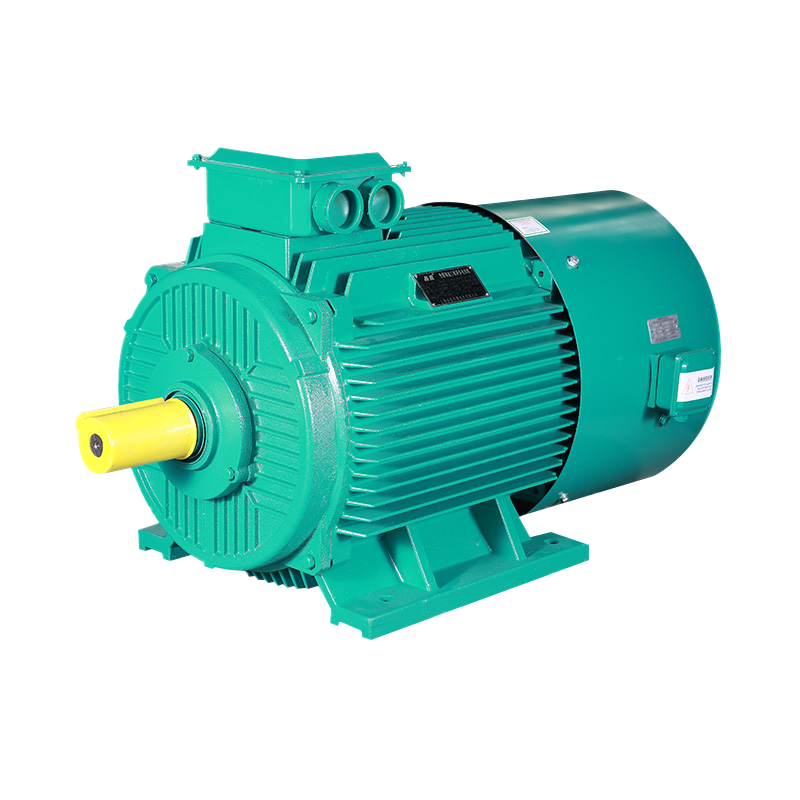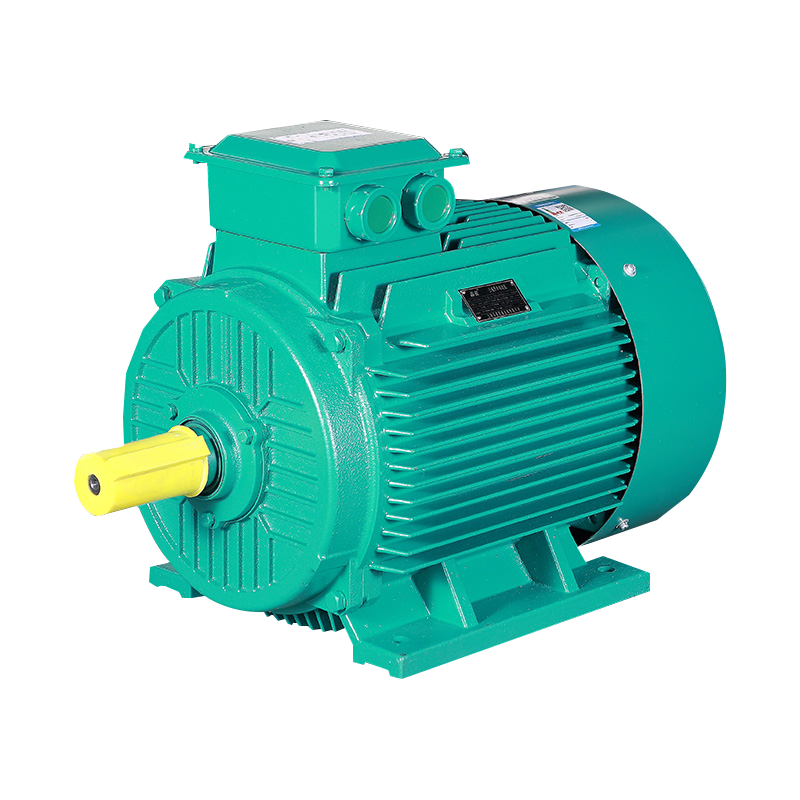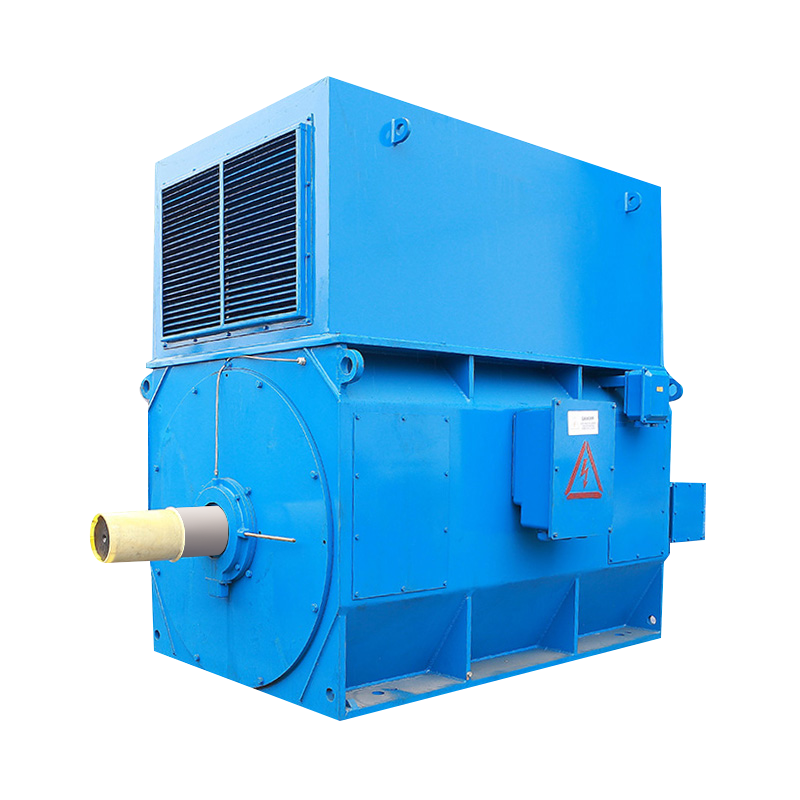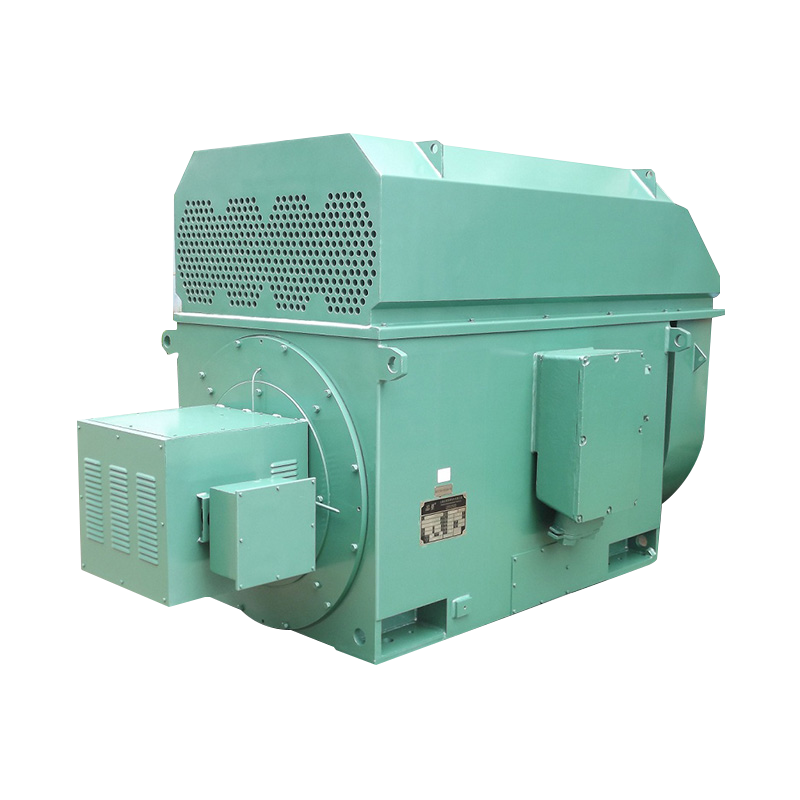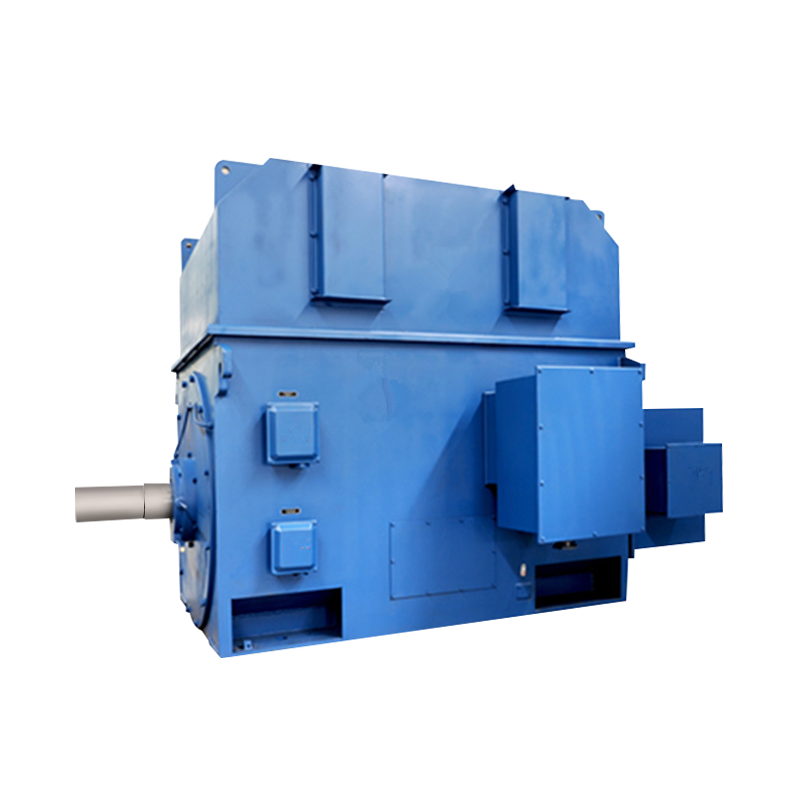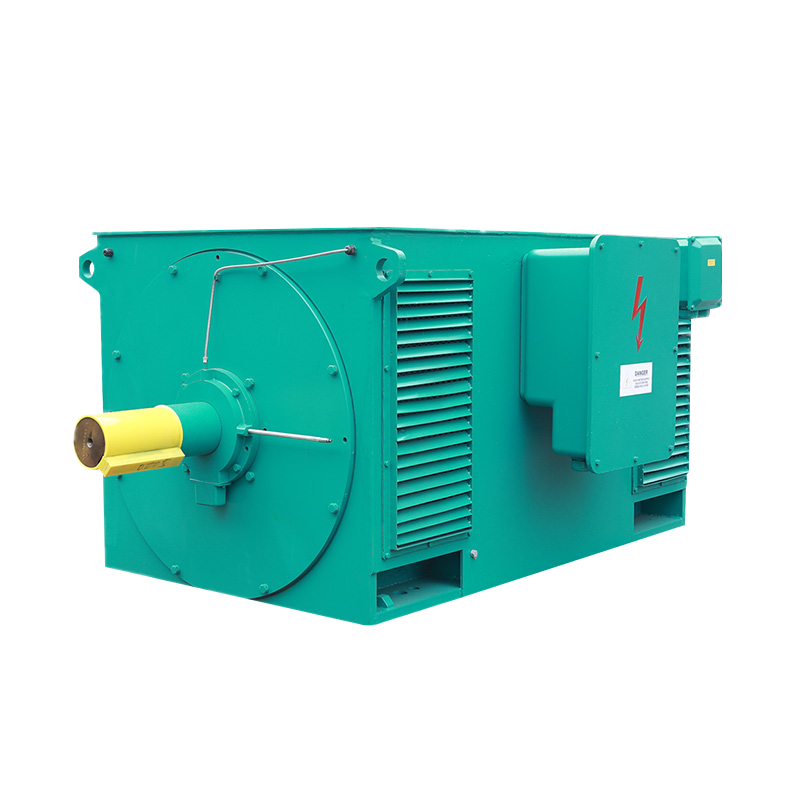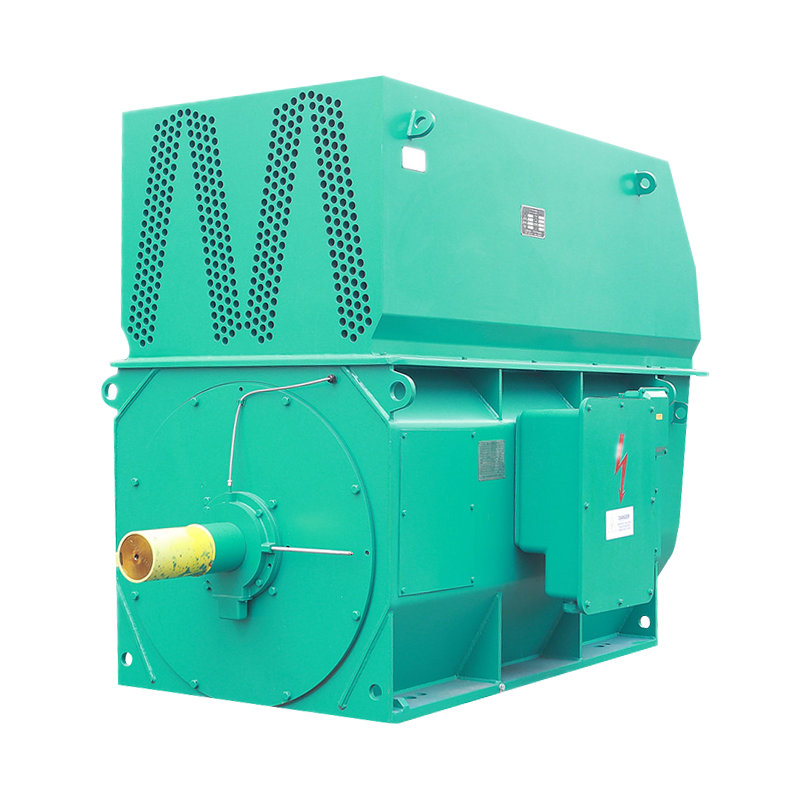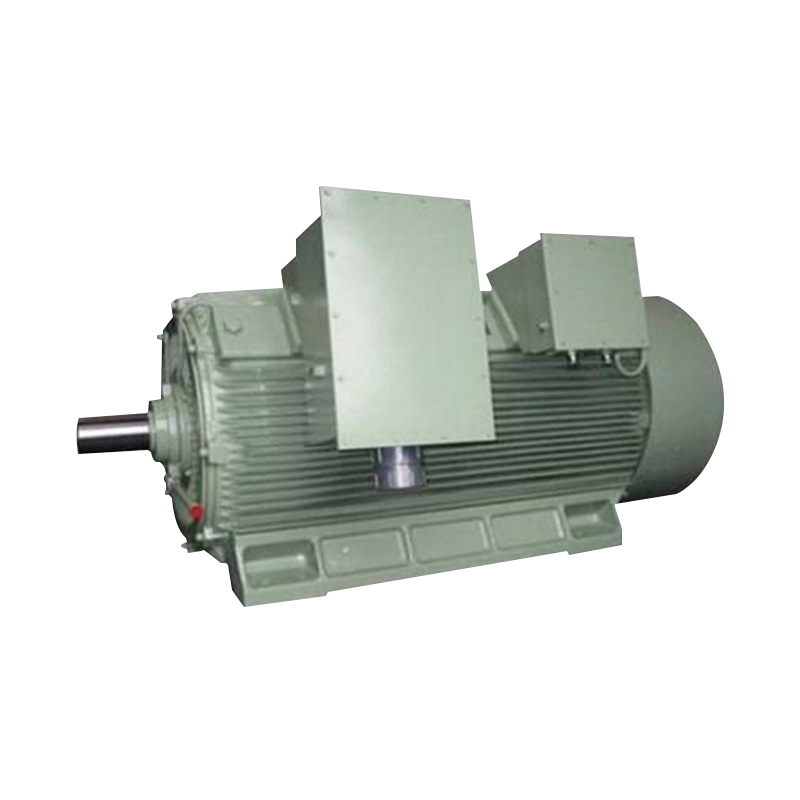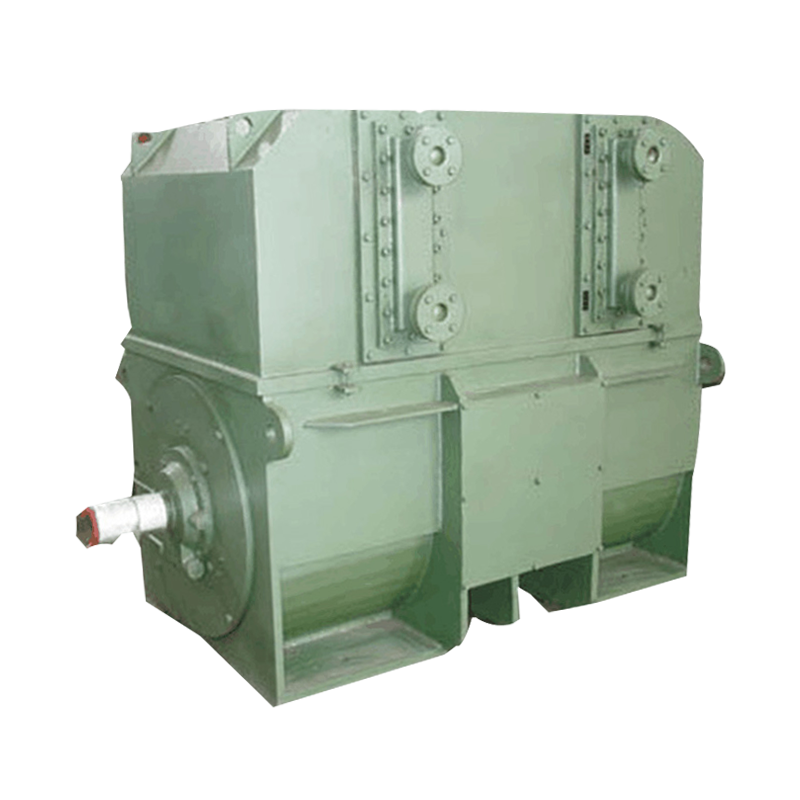The insulation structure of high-voltage motors is an indispensable and important part of motor design
As the core power equipment in the industrial field, the safety and reliability of high-voltage motors are crucial. As a key component to ensure the normal operation of the motor, the design and performance of the insulation structure directly affect the overall performance and service life of the motor. This article will take "Insulation structure of high-voltage motors" as the theme to deeply explore the design points and influencing factors of turn-to-turn insulation and ground insulation.
Overview of insulation structure of high-voltage motors
The insulation structure of high-voltage motors is an indispensable part of motor design. It mainly consists of turn-to-turn insulation and ground insulation. Turn-to-turn insulation, as the name suggests, is an insulating layer located between the turns of the motor winding. Its main function is to prevent current leakage or short circuit between adjacent turns and ensure that the current can flow along the predetermined path. Ground insulation is an insulating barrier between the winding and the motor casing. Its task is to prevent current leakage between the winding and the casing due to high voltage and ensure the safe operation of the motor.
Key points of turn-to-turn insulation design
The design of turn-to-turn insulation needs to comprehensively consider factors such as the rated voltage, overload capacity and working environment of the motor. First of all, the thickness of the insulating material is one of the key parameters. As the rated voltage increases, the insulation material needs to withstand greater electrical stress, so the thickness needs to increase accordingly. At the same time, the overload capacity requirement will also affect the design of the insulation layer, because under overload conditions, the internal temperature of the motor will rise, and the insulation material needs to have good heat resistance to avoid thermal breakdown.
In addition, the selection of insulation materials is also crucial. High-quality insulation materials should have good electrical properties, mechanical properties and heat resistance to ensure stable and reliable insulation effects under harsh working conditions. Common inter-turn insulation materials include mica tape, polyester film, etc., each of which has unique advantages and application ranges.
Design requirements for ground insulation
The design of ground insulation pays more attention to the thickness and withstand voltage of the insulation layer. Since the motor housing is usually grounded, the insulation layer between the winding and the housing must be able to withstand the highest operating voltage of the motor without breakdown. During the design process, the thickness of the insulation layer needs to be determined according to the insulation withstand voltage test requirements of the motor to ensure that the motor can maintain good insulation performance under normal operation and abnormal conditions.
At the same time, the tightness of the ground insulation is also an important aspect that needs to be paid attention to in the design. A tight insulation layer can reduce the possibility of air gaps and moisture intrusion, thereby improving the overall performance of the insulation system. In addition, factors such as aging resistance and mechanical vibration should also be taken into consideration to ensure that the insulation layer can maintain a stable insulation effect during long-term use.
Comprehensive consideration of insulation performance
When designing the insulation structure of a high-voltage motor, it is also necessary to comprehensively consider the effects of factors such as the tightness of the insulation layer, aging resistance, and mechanical vibration on the insulation performance. These factors interact with each other and jointly determine the overall performance and service life of the insulation system. Therefore, in the process of material selection, design and manufacturing, it is necessary to strictly follow the relevant standards and specifications, and use advanced processes and technical means to ensure the quality and reliability of the insulation system.
The insulation structure of a high-voltage motor is an indispensable and important part of motor design. By accurately calculating and designing the thickness and material selection of the inter-turn insulation and the insulation to the ground, and fully considering the effects of factors such as the tightness of the insulation layer, aging resistance, and mechanical vibration on the insulation performance, it is possible to ensure that the motor can operate safely at high voltage and extend its service life.





 English
English русский
русский Français
Français عربى
عربى
